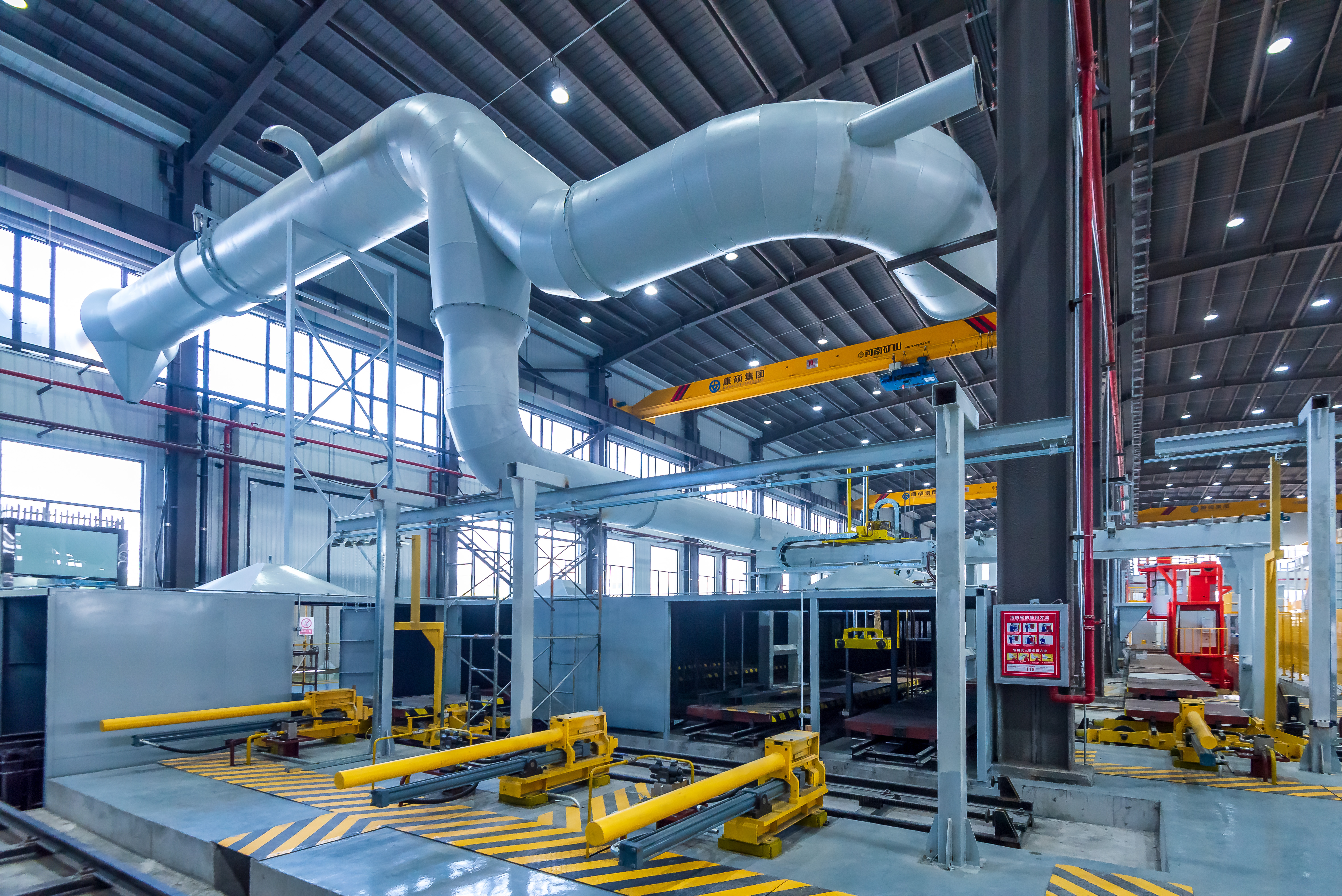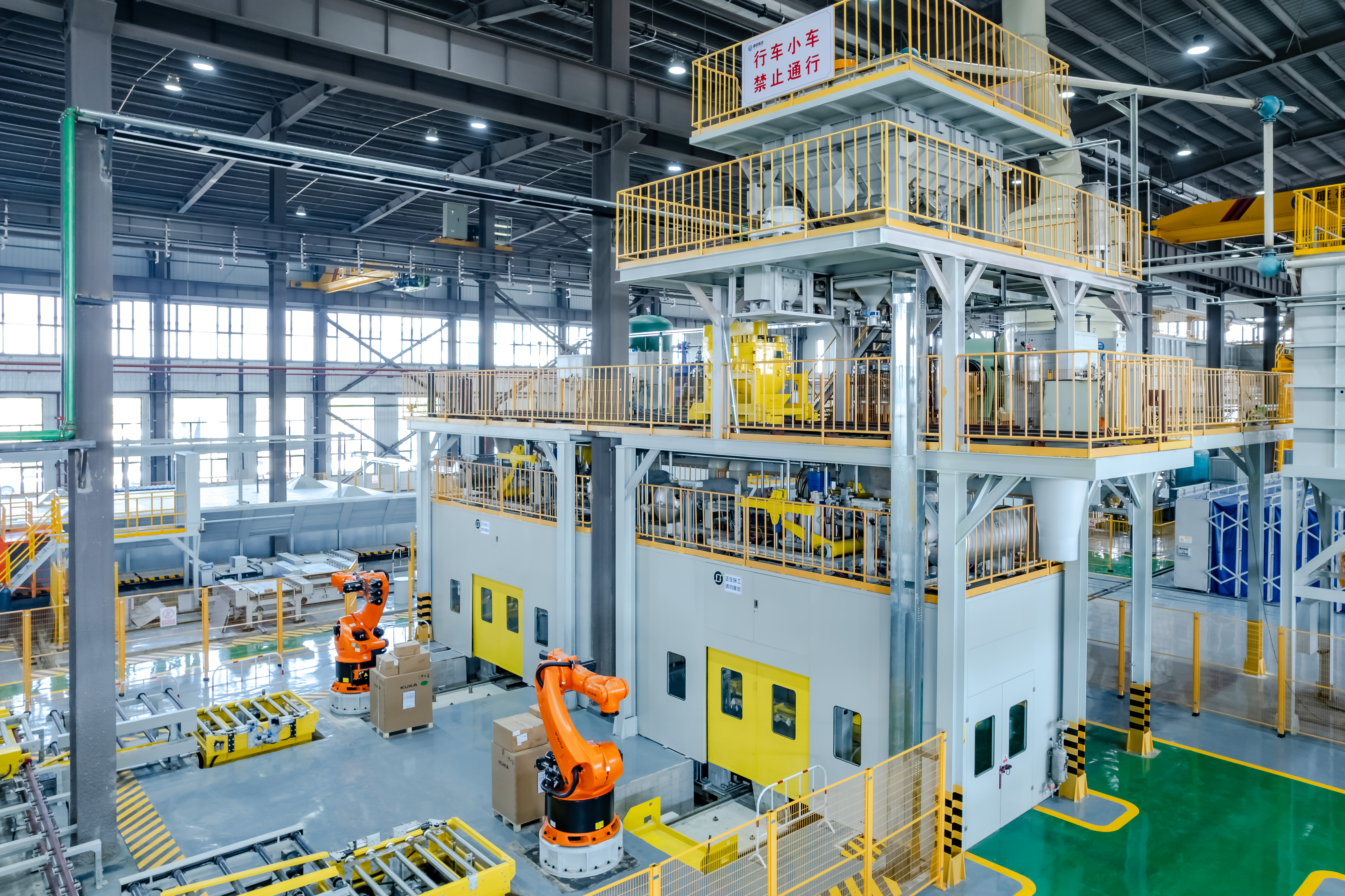aluminium gravity casting
Aluminium gravity casting is a sophisticated manufacturing process where molten aluminium is poured into molds using gravitational force. This traditional yet highly efficient method produces high-quality metal components with excellent surface finishes and mechanical properties. The process begins by heating aluminium to its melting point, typically around 660°C to 720°C, before carefully pouring it into permanent molds made of steel or cast iron. The molten metal flows naturally through the mold cavity, filling all spaces and creating complex geometries with high precision. During solidification, the metal cools at a controlled rate, ensuring optimal microstructure development and minimal porosity. This process is particularly valuable for producing medium to large-sized components with wall thicknesses ranging from 5mm to 50mm. The method excels in creating parts that require good dimensional accuracy, surface finish, and structural integrity. Common applications include automotive components, pump housings, machinery parts, and architectural elements. The process combines cost-effectiveness with reliability, making it ideal for medium to high-volume production runs where consistent quality is essential.


